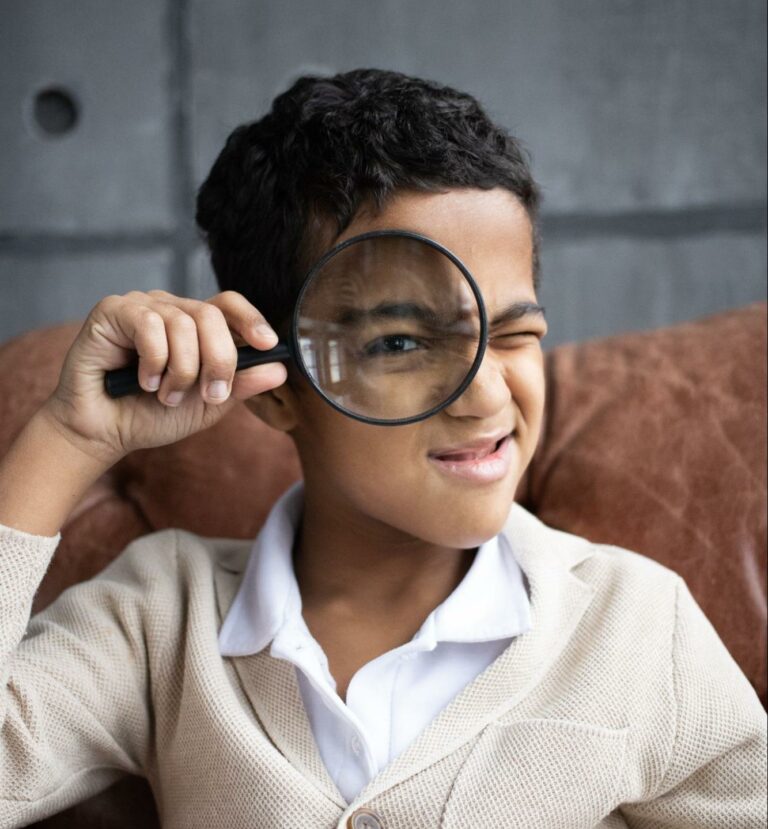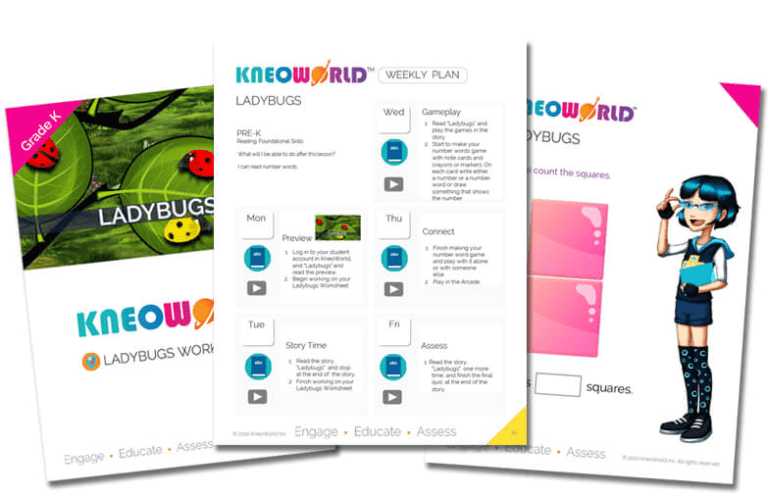While being a part of a group can give you a sense of belonging and kinship, being taught as a part of a group might not be the best fit for everyone.
Public education typically places 20-30 students in a class. They are taught the same curriculum, assigned the same tasks, and expected to absorb the knowledge and move on at the same pace as their peers.
If a student is not keeping up, there is cause for concern and interventions are put in place to support them. Those strategies call for a plan that is individualized for the student, providing adjustments to meet their specific needs. These are then monitored and reviewed to ensure that the strategies are adequate for the child, followed by a collaborative meeting with parents, teachers, and other relevant professionals to work out whether to continue or reduce these interventions.
Sounds like a long process.

But what if we didn’t need to go through that? What if every child had an individual plan to begin with?
There are several theories of learning that suggest that it is more effective for children to be taught according to their individual needs rather than as a collective class.

John Dewey, was an American philosopher and psychologist who sought to reform education during the late 19th and early 20th Centuries. He believed that learning was a social construct and that it was “a process of living and not a preparation for future living[1].” In other words, going to school was a part of life, but that it might not necessarily prepare you for the world and your life beyond institutional education.
He believed that children were at the center of their learning experiences which are inquiry-based and self-directed, rather than curriculum or school centered. For learning to be effective, Dewey proposed one must use their previous experiences to build upon their knowledge.
Sarah O’Rourke, stated that while personalized learning can be an exciting way to approach education, without the appropriate strategies in place it can be difficult to maintain. If teachers were able to have access to a solution that could facilitate personalized learning, there would be many benefits to the students.
These include,
- Students can work at their own pace without the added pressure of having to keep up with the rest of the class. Not only can this cause high levels of anxiety in “underperforming” children, but it can lead to them not completing the task, which is counterproductive.
- When children are given the tools and space to learn, their ability to achieve improves. It enables them to be responsible for their own education and move on to the next task when they feel able to.
- Students will not be isolated from one another but will have the opportunity to learn from each other. When a child needs help, they may be able to ask their peers to support them. In this way, the second student is not only assisting, but is learning from this practical experience.
- It prepares students for the real world. Rarely will we as adults be required to complete a task at the exact same time as another colleague. We work on our own, at our own pace. We make our own reasonable adjustments as we need them.

Other practitioners that support individualized learning include Pearson & Gallagher (1983); and Yadin & Or-Bach[2] (2010).
Pearson & Gallagher developed a learning model known as The Gradual Release of Responsibility[3]. In a nutshell, it is “show me, help me, let me,” which simplifies the pedagogies of modelling, scaffolding, and transfer. Each child will learn at their own individual rate. The number of times they need to be “shown” might differ from child to child and from experience to experience, and their ability to master it will be unique.
Yadin & Or-Bach researched the comparison between children completing collaborative and individualized homework. While they understood that working as a group was beneficial in some ways, group dynamics will have a major impact on the outcome and does not assess each child and their contribution on an individual basis, but rather on the end result.
They believed that while there is an emphasis on collaborative learning as being beneficial to education, it actually “belittles the importance of the individual learning process and reduces the opportunities to require and assess individual learning…”
Students from this study stated, “Getting feedback adapted to me led me to invest more in the course because I felt I was treated individually by the teacher.”
Ultimately, implementing an individualized learning approach is about meeting the needs of each child. It recognizes their unique abilities, provides information about opportunities for support and seeks to offer the most appropriate educational experience for them to succeed.
Some may feel that this approach can be difficult to manage when you have a large group of students, but with the introduction of education technology, life is becoming easier for those where the whole group teaching does not fit.
This is where KneoWorld comes in.
KneoWorld strives to achieve equity in education in all that we do, which means recognizing that children do not learn in the same way. We understand that they need time and space to develop their skills on their own terms. KneoWorld provides a curriculum that helps teachers differentiate instruction allowing students to remain engaged and on-track to master their academic targets.
Our curriculum provides teachers with data-driven analytics that show insight into exactly where each child is on their learning journey. Teachers’ use of this data makes implementing learning experiences that are as individual and as unique as your students easy and manageable to do.

KneoWorld provides the tools, resources, and technology needed to support this pedagogy. We partner with teachers and work with them to develop a curriculum that accelerates student learning and engagement.
KneoWorld’s Story-based Learning provides:
- High-quality research-based, effective foundational instruction, with differentiated supports for all students.
- Targeted formative assessments to guide instruction to meet the individual needs of students.
- Ongoing integrated progress-monitoring to ensure effectiveness of teaching and interventions.
- Content, support, and solution to meet your children’s unique learning needs.
Find out more about how KneoWorld’s program can support your students and provide a more unique and individualized learning experience here.


